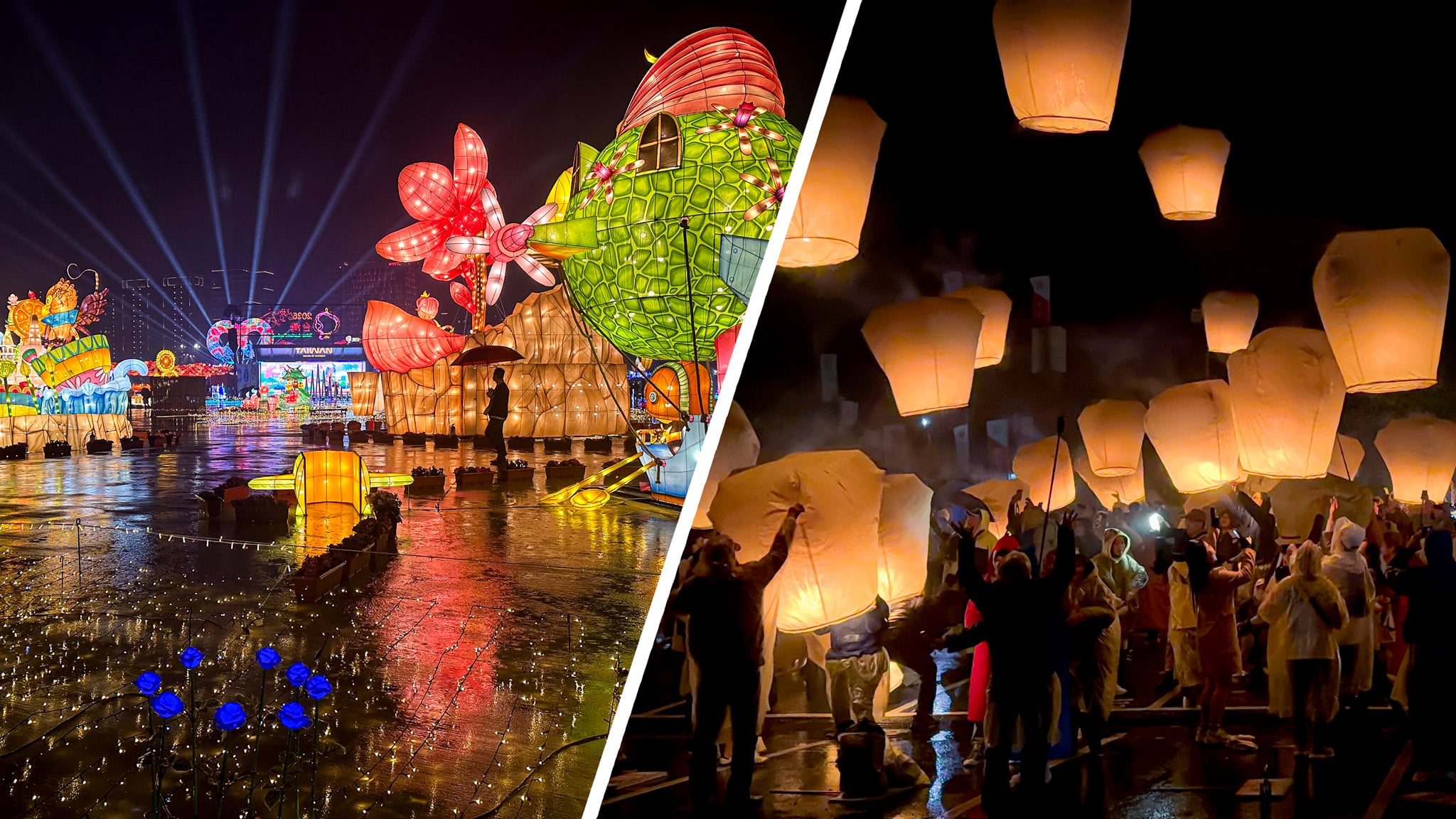Republican Lamppost at the Royal Palace in Madrid, Spain
In March 1939, Spain was in turmoil. After almost three years, the country's vicious Civil War was coming to an end, and, on April 1, 1939, the fascist dictator Francisco Franco declared victory over the Republican forces backing the country's democratically elected government, known as the Second Spanish Republic. Franco's new government set out to erase all of the symbols of the previous republican government. Some, however, managed to survive in plain sight, such as an unassuming lamppost at a corner of the Royal Palace in Madrid. Nearly all of the lampposts in this area of the capital are adorned with royal crowns representing Spain's constitutional monarchy. This lamppost, however, has a small mural crown on top, an emblem of the Second Spanish Republic. A mural crown symbolizes a city's walls or towers. In ancient Greece, the coronet represented how the gods watched over a city. After Spain's 1868 Glorious Revolution deposed Queen Isabella II, the new government stopped using the Spanish royal crown as an architectural motif and instead looked to find a new symbol. The Spanish Academy of History eventually advised using the mural crown because it was less ornamental. Starting in the late 19th century, the mural crown was in use, decades before the Second Spanish Republic, which lasted from 1931 to 1936. There's no way to verify whether this lamppost is truly a surviving symbol of the defeated republic, though many like to believe it is, or if it's even older. Regardless, the lamppost has withstood the passage of time, maintaining an air of mystery that continues to intrigue both locals and visitors.


In March 1939, Spain was in turmoil. After almost three years, the country's vicious Civil War was coming to an end, and, on April 1, 1939, the fascist dictator Francisco Franco declared victory over the Republican forces backing the country's democratically elected government, known as the Second Spanish Republic.
Franco's new government set out to erase all of the symbols of the previous republican government. Some, however, managed to survive in plain sight, such as an unassuming lamppost at a corner of the Royal Palace in Madrid.
Nearly all of the lampposts in this area of the capital are adorned with royal crowns representing Spain's constitutional monarchy. This lamppost, however, has a small mural crown on top, an emblem of the Second Spanish Republic.
A mural crown symbolizes a city's walls or towers. In ancient Greece, the coronet represented how the gods watched over a city.
After Spain's 1868 Glorious Revolution deposed Queen Isabella II, the new government stopped using the Spanish royal crown as an architectural motif and instead looked to find a new symbol. The Spanish Academy of History eventually advised using the mural crown because it was less ornamental.
Starting in the late 19th century, the mural crown was in use, decades before the Second Spanish Republic, which lasted from 1931 to 1936. There's no way to verify whether this lamppost is truly a surviving symbol of the defeated republic, though many like to believe it is, or if it's even older.
Regardless, the lamppost has withstood the passage of time, maintaining an air of mystery that continues to intrigue both locals and visitors.





























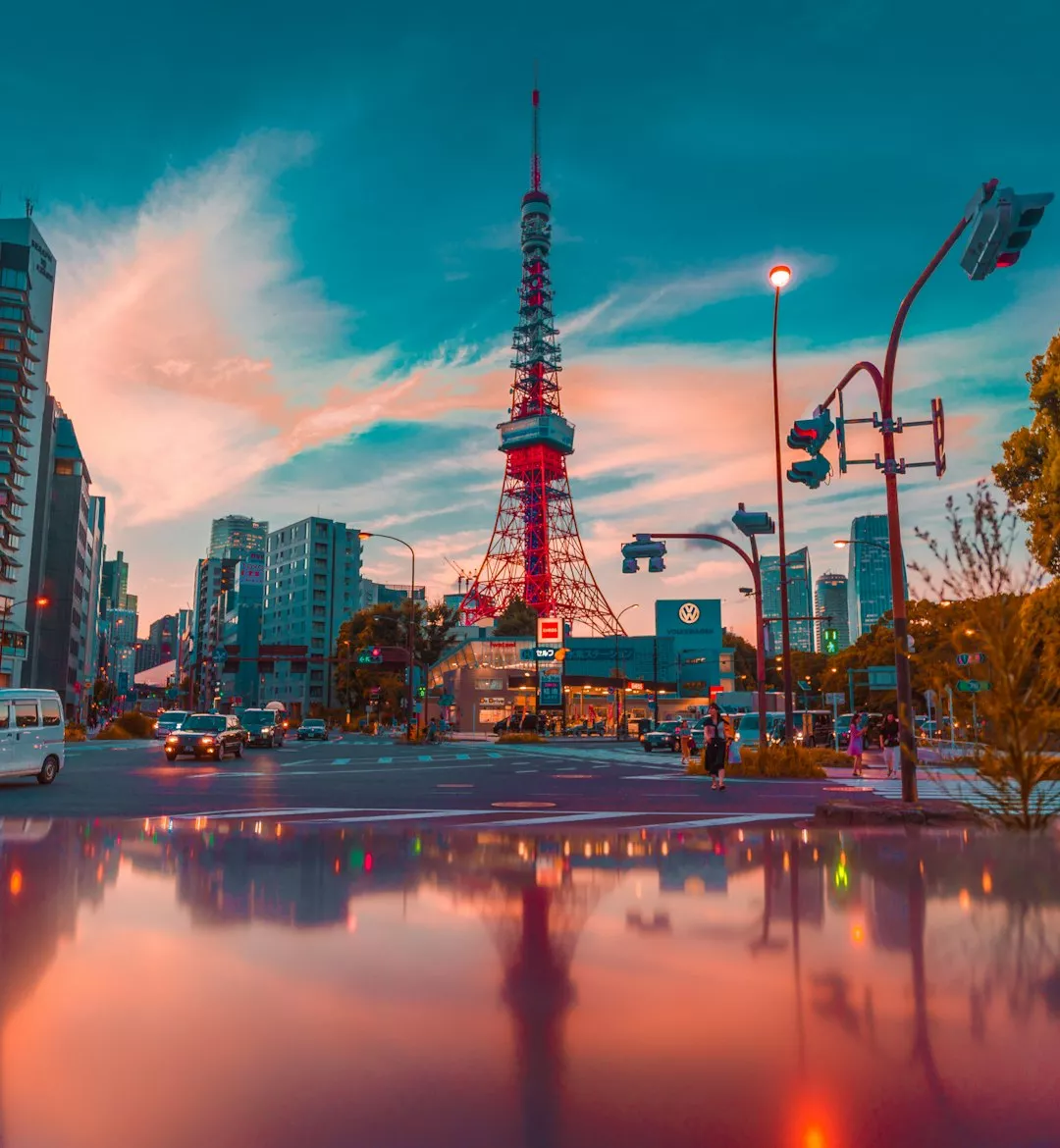


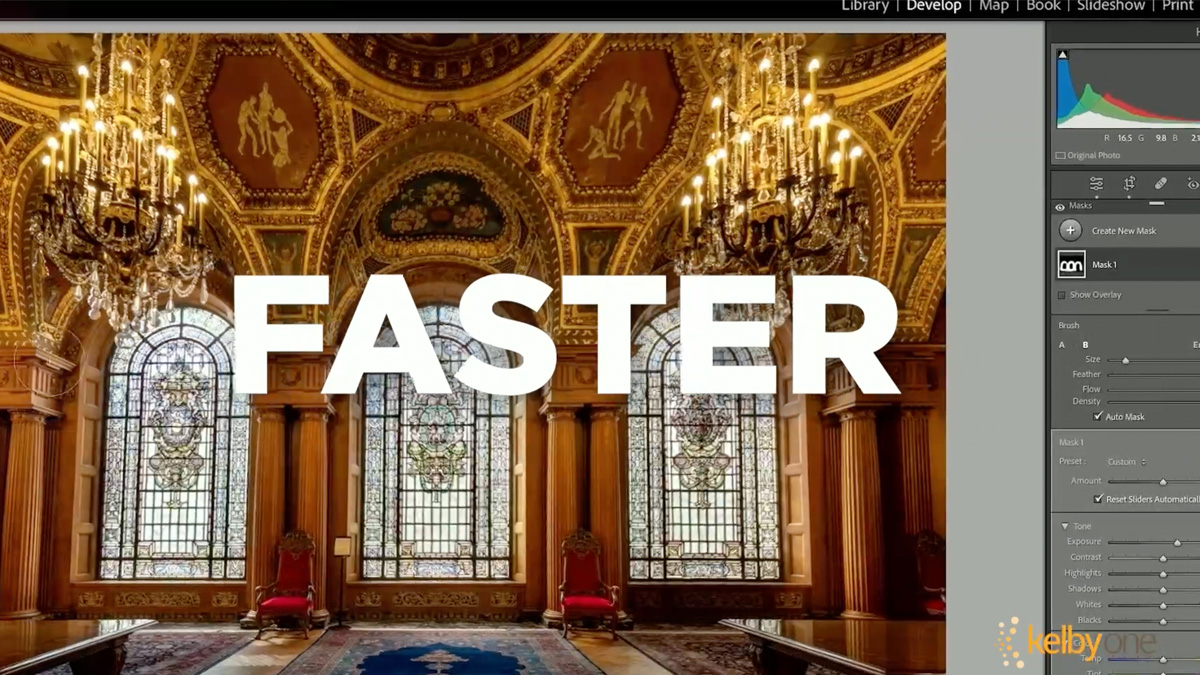
























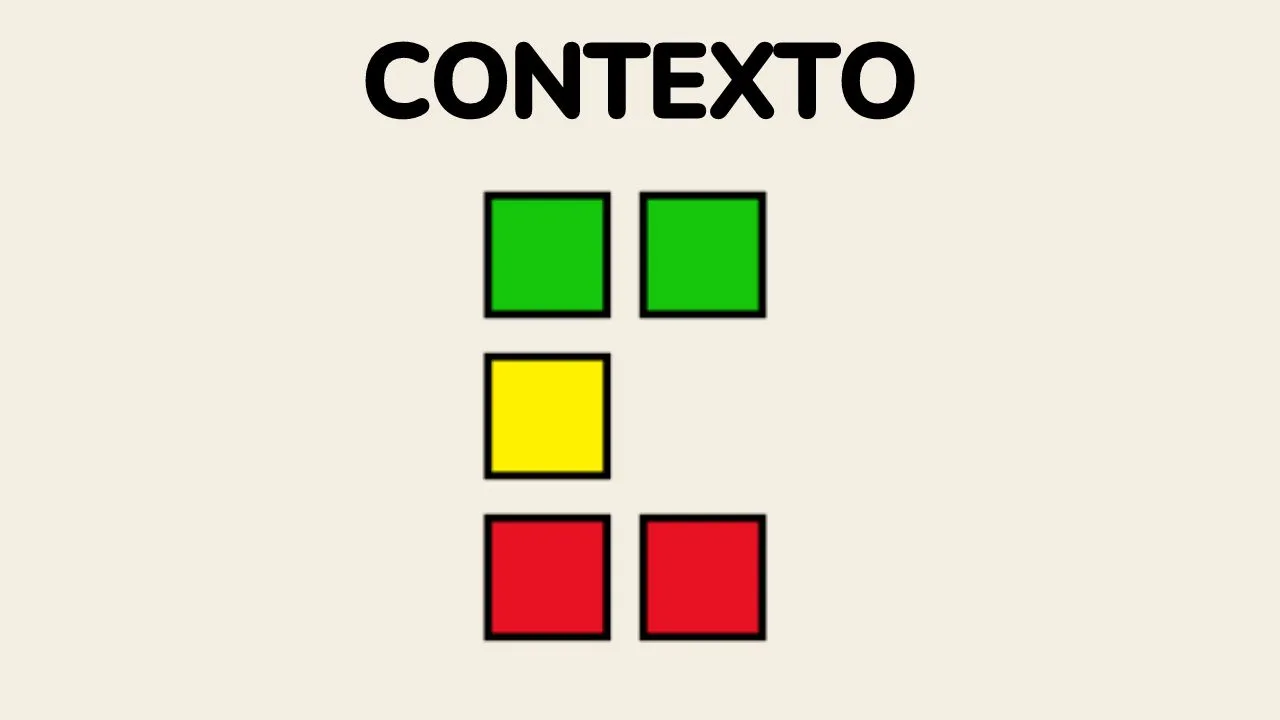
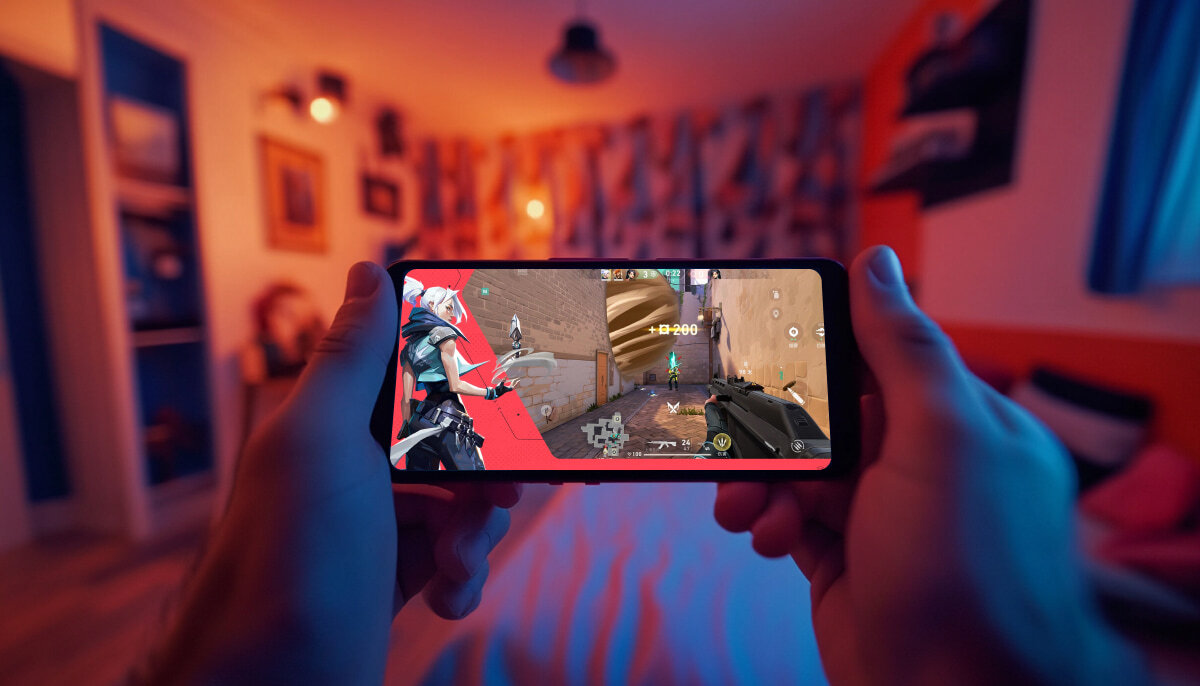




-All-will-be-revealed-00-35-05.png?width=1920&height=1920&fit=bounds&quality=70&format=jpg&auto=webp#)
-All-will-be-revealed-00-17-36.png?width=1920&height=1920&fit=bounds&quality=70&format=jpg&auto=webp#)




















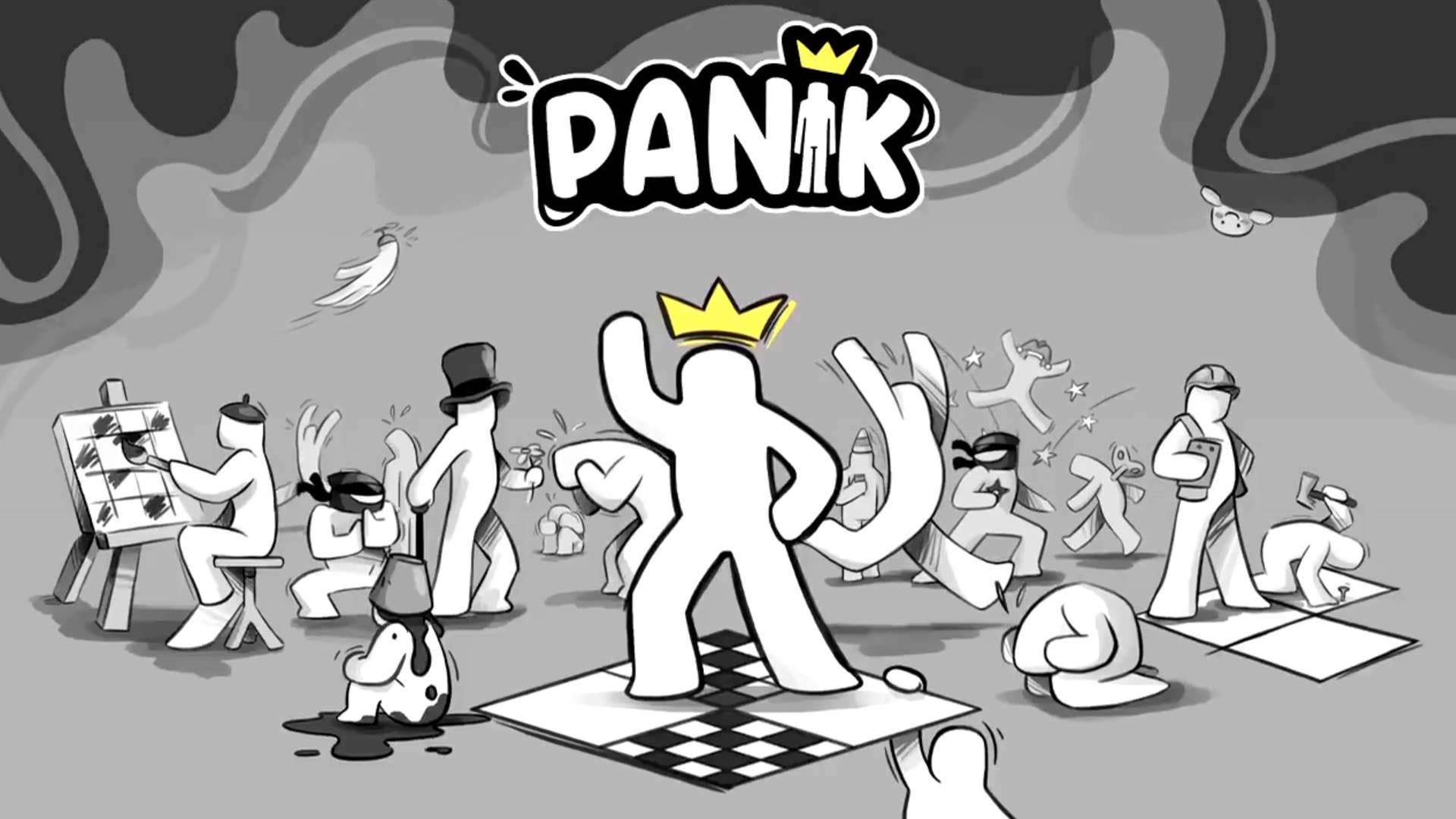





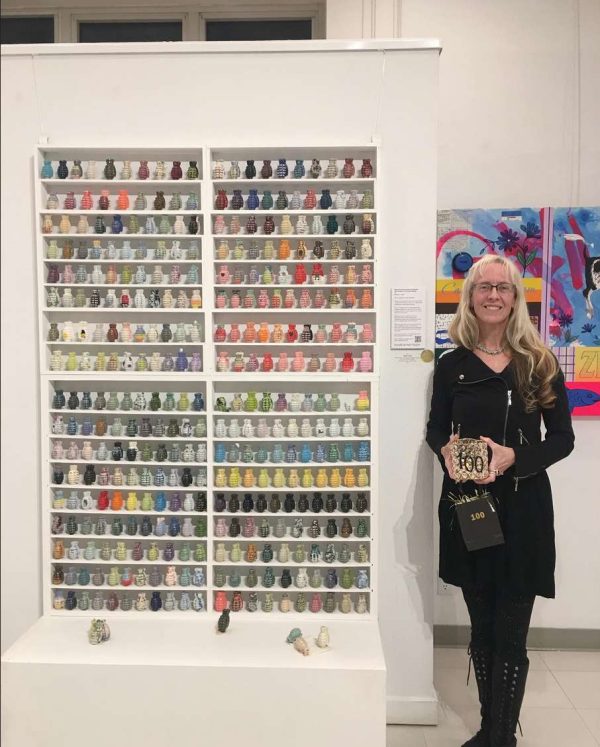























































































.jpg)



















































